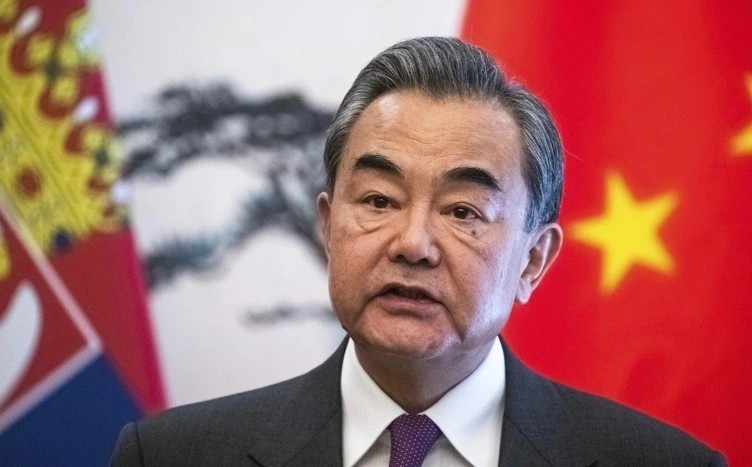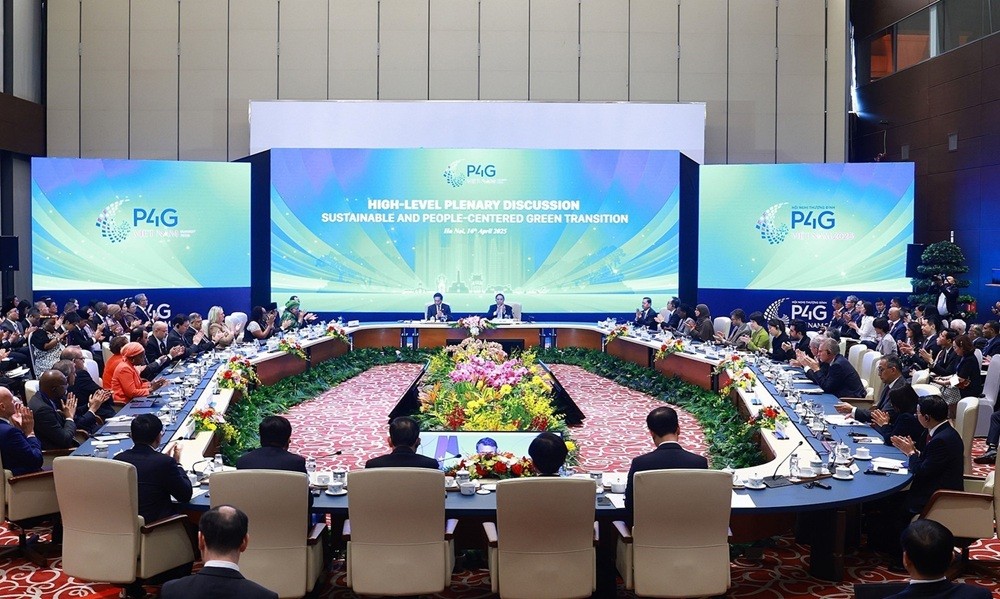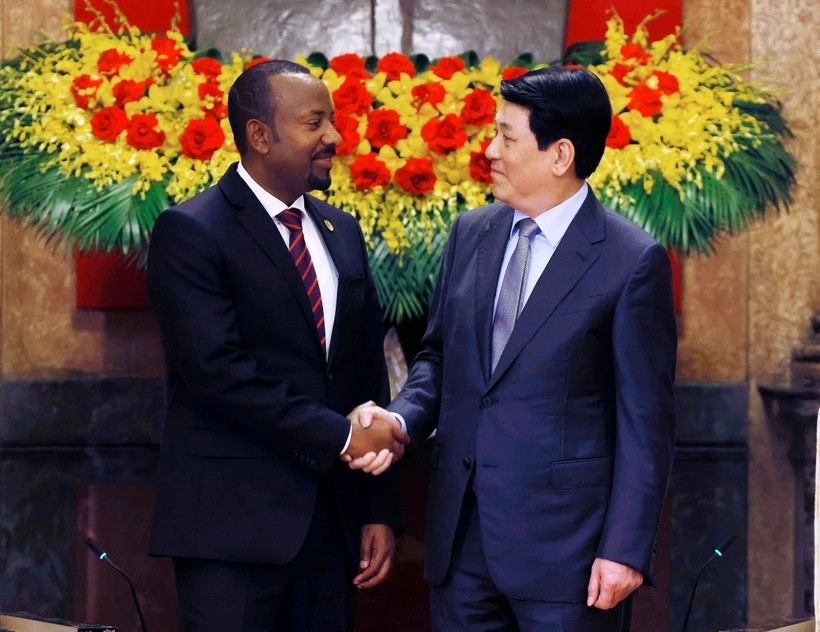Support needed to boost FDI in education
How many Vietnamese students have gone abroad to study in English-speaking countries in recent years?
The number of Vietnamese students studying in Western, English-speaking countries has increased significantly in the past few years. The US attracts the most Vietnamese students, because of its perse educational background, the fact the students may have relatives in the country, its leisure and recreation activities, its great employment opportunities, and the opportunity to perhaps settle down. Its low cost also encourages many families to decide to send their students to the country.

Photo for illustration (Duc Thanh)
Canada competes with the US for gray matter and has many incentive programs for international students, creating employment and settlement opportunities. The number of Vietnamese students going to the country in 2016 increased 55 per cent compared to 2015 and in 2017 was up 89 per cent compared to 2016.
Other countries maintain relatively stable rates of Vietnamese students because of policies on immigration and employment opportunities for foreigners.
According to my research, an average of 8 per cent of Vietnamese students go abroad to study every year. Vietnamese families spend nearly VND 2 billion (USD 88,000) per year on their children’s overseas studies. Students overseas in 2017 totaled 80,000, including 60,000 in English-speaking countries.
From the data, do you think the amount of foreign direct investment (FDI) in education in Vietnam is too small? Is profit a factor?
FDI in Vietnam’s education sector remains problematic because of tuition fees. If tuition is too high, students will choose to study abroad. If tuition fees are too low, investors will lose out. Therefore, in order to attract FDI, the government should adopt special policies for investment in education, such as long-term tax exemptions and free land use. The cost of tuition would be lower and affordable for Vietnamese families.
Every year, 1.7 million Vietnamese students graduate from high school, of which about 400,000 then enter university. The number of students going abroad every year is no more than 15,000. The number of students who do not go to university is huge.
FDI inflows increased sharply in 2017, reaching USD 36 billion, an increase of 44 per cent over 2016, meaning that demand for high-quality, English-speaking graduates is also rising.
Foreign investment in Vietnam’s education sector would certainly earn a profit in the long term.

Photo for illustration. (Source: DT News)
What do you think about Vietnam’s potential for foreign investment compared with its regional and global competitors?
Eighty per cent of foreign investors in Vietnam's education sector have opened universities and international schools from Grades 1-12.
The number of international universities opening branches in Vietnam or being affiliated with Vietnamese universities totals five, from Australia, the UK, and the US. International high schools in Vietnam see high demand, with six in Hanoi and seven in Ho Chi Minh City from the US, Australia, the UK, Canada, and Singapore.
International schools make available the enrollment and education systems of their home country. Foreign investors are currently dominant over Vietnamese investors in building international brand names.
There are a number of international schools from Vietnamese investors, such as VinSchool in Hanoi and Ho Chi Minh City and the American International School in Ho Chi Minh City. Domestic investors have a better grasp of Vietnamese psychology and have appropriate programs to attract students. They have chosen to build completely new international schools without investing directly in the existing international school system.
Do you think limitations on enrollments, licensing and staffing are currently the most pressing challenges for foreign investors in Vietnam’s education sector?
Facilities and equipment must meet high-quality standards and salaries of employees must be internationally competitive.
Admissions, meanwhile, are difficult because Vietnamese students with the means to do so tend to study abroad more so than in their own country. Many families can afford overseas study but the student lacks the English skills. Only a small number of Vietnamese students have good English and the financial capacity to study at international schools. International schools also tend to be aimed at students of foreign families working in Vietnam.
The greatest challenge for international schools is how to find good teachers who will work in Vietnam for a long time and create a good reputation for the school. International school staff often work for just three to five years and then return home or head elsewhere.
Do you think a draft decree replacing Decree No. 73 on education would affect foreign investment in Vietnam’s education sector?
The decree on education is constantly changing to call for investment in line with current circumstances. Decree No. 73 is obsolete and many points are no longer practical for international education.
The main point of international education in Vietnam is to provide opportunities for Vietnamese students to interact with modern Western education systems and gain new knowledge. Once young people have access to knowledge, they will contribute to the building of society and the creation of material assets.
Therefore, in order for international education to be developed in Vietnam, the government should remove long-term taxes and offer land free of charge to investors. The government needs to approve the programs devised by international schools to be taught in Vietnam and must not interfere with their curriculum./.
( VNF/VET )
Recommended
 National
National
Vietnam News Today (Apr. 20): Vietnam, China to Deepen Ties with Strategic Future Vision
 National
National
Vietnam News Today (Apr. 19): UN, Vietnam Step Up Efforts on Cybercrime Convention
 National
National
Vietnam News Today (Apr. 18): P4G Summit in Vietnam - Beacon of Hope for Global Climate Action
 National
National
People must come first to achieve development goals: P4G
 National
National
Vietnam News Today (Apr. 17): Vietnam a Trustworthy Friend of Ethiopian People
 National
National
Vietnam News Today (Apr. 16): EU Eyes Comprehensive Strategic Partnership With Vietnam
 National
National
Ethiopian PM Begins Official Visit to Vietnam
 National
National

